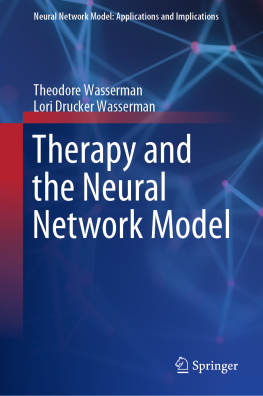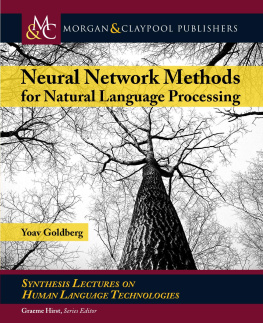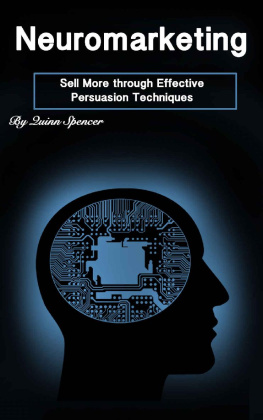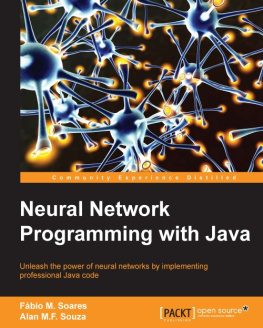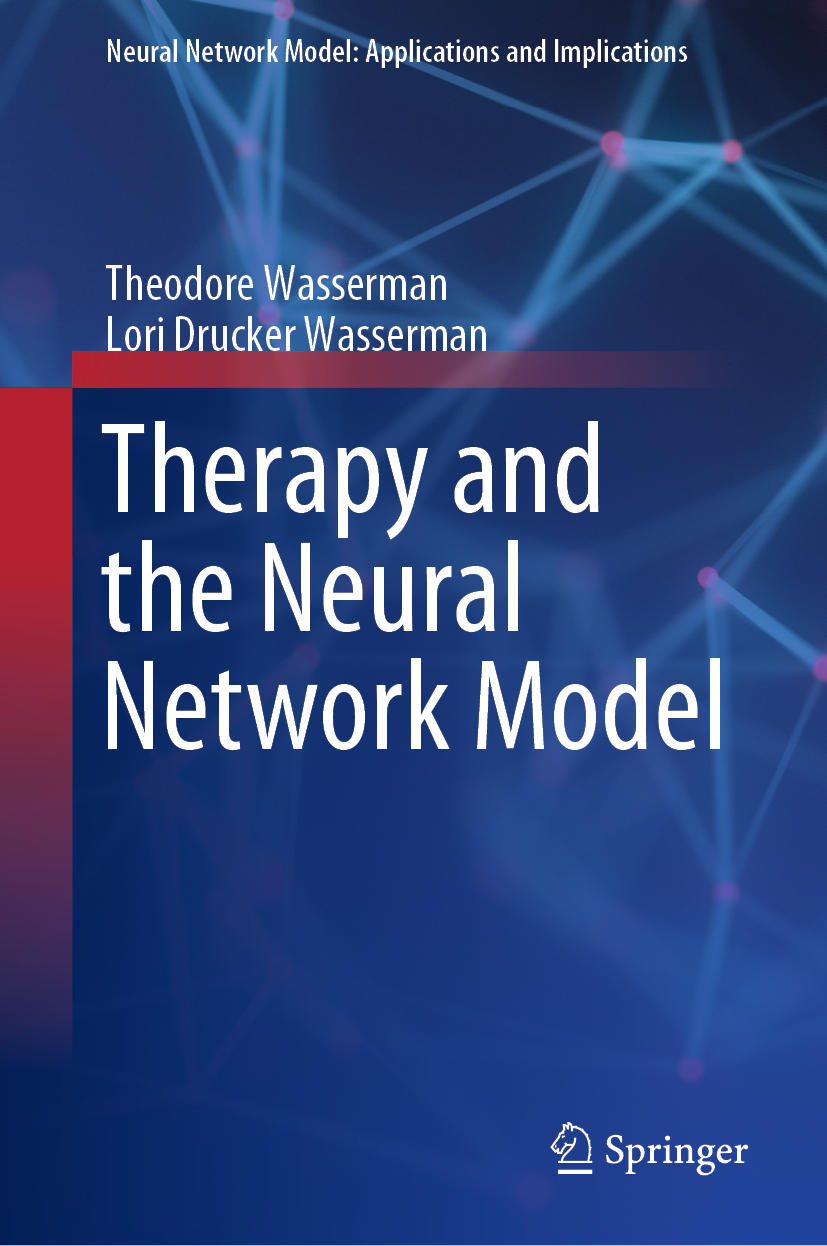Theodore Wasserman
Institute for Neurocognitive Learning Therapy, Wasserman & Drucker PA, Boca Raton, FL, USA
Lori Drucker Wasserman
Institute for Neurocognitive Learning Therapy, Wasserman & Drucker PA, Boca Raton, FL, USA
Neural Network Model: Applications and Implications
ISBN 978-3-030-26920-3 e-ISBN 978-3-030-26921-0
https://doi.org/10.1007/978-3-030-26921-0
Springer Nature Switzerland AG 2019
This work is subject to copyright. All rights are reserved by the Publisher, whether the whole or part of the material is concerned, specifically the rights of translation, reprinting, reuse of illustrations, recitation, broadcasting, reproduction on microfilms or in any other physical way, and transmission or information storage and retrieval, electronic adaptation, computer software, or by similar or dissimilar methodology now known or hereafter developed.
The use of general descriptive names, registered names, trademarks, service marks, etc. in this publication does not imply, even in the absence of a specific statement, that such names are exempt from the relevant protective laws and regulations and therefore free for general use.
The publisher, the authors and the editors are safe to assume that the advice and information in this book are believed to be true and accurate at the date of publication. Neither the publisher nor the authors or the editors give a warranty, expressed or implied, with respect to the material contained herein or for any errors or omissions that may have been made. The publisher remains neutral with regard to jurisdictional claims in published maps and institutional affiliations.
This Springer imprint is published by the registered company Springer Nature Switzerland AG
The registered company address is: Gewerbestrasse 11, 6330 Cham, Switzerland
Preface
The authors of this series acknowledge that the current series and this particular volume are asking a lot of readers. It is human nature to hold on to what we believe, often discarding what is discrepant from our currently held beliefs and schema. We will ask you to put aside what you have learned in school, throughout your training and have held as clinical orthodoxy, and consider the possibility that there may be a better way to understand mental health and the disorders thereof. That is never easy or comfortable. In fact, it was neither easy nor comfortable for either of us.
The current volume is the culmination of many hours, days, and years of thought, discussion, and discourse followed by more thought, discussion, discourse, and the occasional outright argument. Interspersed were many hours of scanning, reading, incorporating, and readjusting ideas based upon the newly incorporated material. Along the way, we published several articles and two books that serve as the foundation of what we have written herein. We would like to thank the wonderful folks at Springer Publishing for their ongoing support throughout this journey. In addition, we would like to acknowledge the ongoing professional consultation from Len Koziol without whose constant feedback this work would never have begun or borne fruit.
This volume, and the series of which it is a part, represents a dynamic shift from what we knew to what we need to know as we open a scientific door made accessible through multiple, newer scientific knowledge fused with the fundamentals of clinical therapies. It represents the fusion of a number of disciplines including cognitive neuroscience, neuropsychology, and clinical psychology that have, until now, somehow managed to remain distinct and largely uninformed by each other. This is unfortunate. The current model, which we anticipate to be an evolving one, represents the fusion of multiple systems across multiple disciplines.
Rather than a static cause and effect paradigm, whether it be for mental health or mental processing, we are asking the reader to go from two-dimensional thinking to applying the process of multidimensional thinking: Thinking about a paradigm from multiple dimensions, rather than simply adopting a single approach, thereby allowing for greater intellectual processing without relying heavily upon a unidimensional framework. In the world of mental health, this means revisiting, challenging, and perhaps discarding our current fundamental beliefs regarding the etiology and treatment of mental illness.
As we said, this is no easy task and no easy ask. We think you will find the effort is worth it. The implications are tremendous for understanding mental processing, interpreting mental processing, and how to use this information to intervene in clinical settings. It has profoundly changed the way that we practice. Ultimately, it is you, the reader, who will decide if it does the same for you. We believe that it will, in doing so, open the door to a new scientific model of clinical psychology/neuropsychology.
Lori Drucker Wasserman
Theodore Wasserman
Boca Raton, FL, USA
2019

